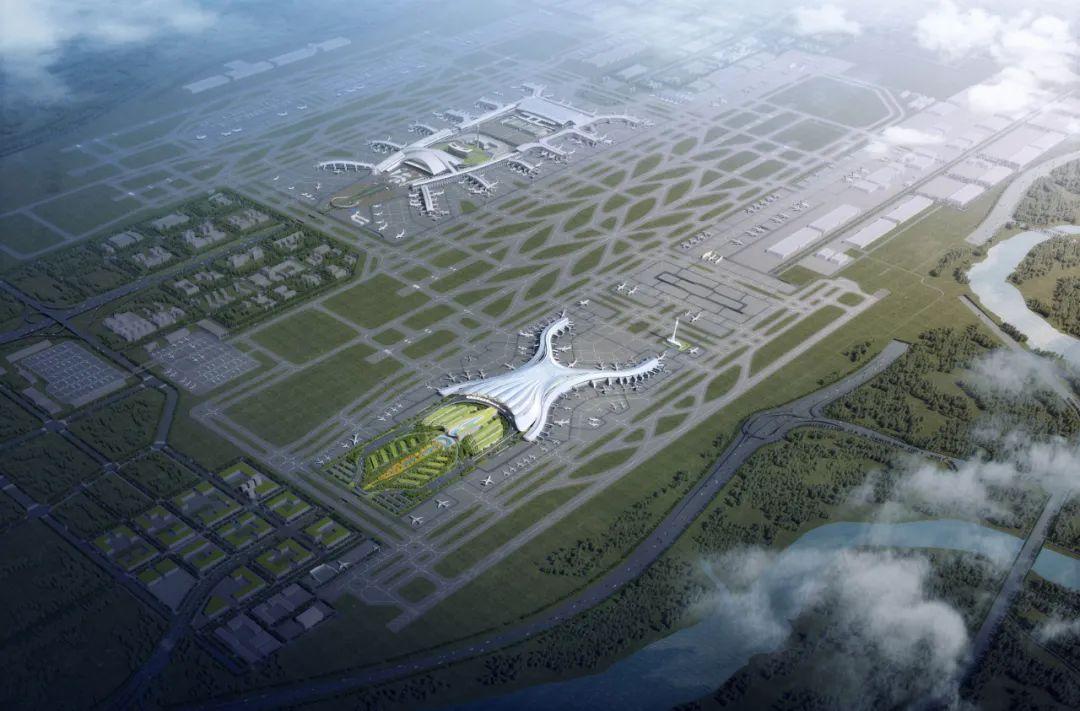
Work has begun at Guangzhou Baiyun International Airport (CAN) on China’s most ambitious and largest airport expansion project yet.
The three-phase expansion plan will see the construction of a new 422,000 m² (4.5 million ft.²) terminal 3 (T3), two new 144,000 m² piers at terminal 2, a new cargo complex, as well as two new runways.
In 2019, CAN handled 73.4 million passengers—close to the 80 million it was designed for—which made it China’s third busiest airport behind Beijing Capital (PEK) and Shanghai Pudong (PVG). By 2030, CAN will have the capacity to handle 120 million passengers and 775,000 aircraft movements annually, and by 2040 that will increase again to 140 million passengers and 870,000 movements.
The airport aims to create a "fully automated and unmanned" travel experience for passengers and one of the design principles of T3 is to create a terminal with smart services, smart operations, and smart management, using 5G technology, big data, "Internet of Things," and artificial intelligence.
T3 will be connected to the older terminals and to the city via high-speed rail, enabling travelers to arrive in central Guangzhou within 20 mins. of landing.
Looking beyond the pandemic, the expansion of CAN is in line with the Chinese central government’s promotion of the Greater Bay Area (GBA) region, which consists of Guangzhou, Hong Kong, Macau and Shenzhen. Excluding Hong Kong and Macau, passenger throughput in GBA has more than tripled from 40.1 million in 2005 to 142 million in 2019. Over the Golden Week holidays starting from Oct. 1, the airport is expected to see at least 10,000 aircraft movements and 1.38 million passengers pass through its terminals.
Photo credit: Guangdong Airport Group
